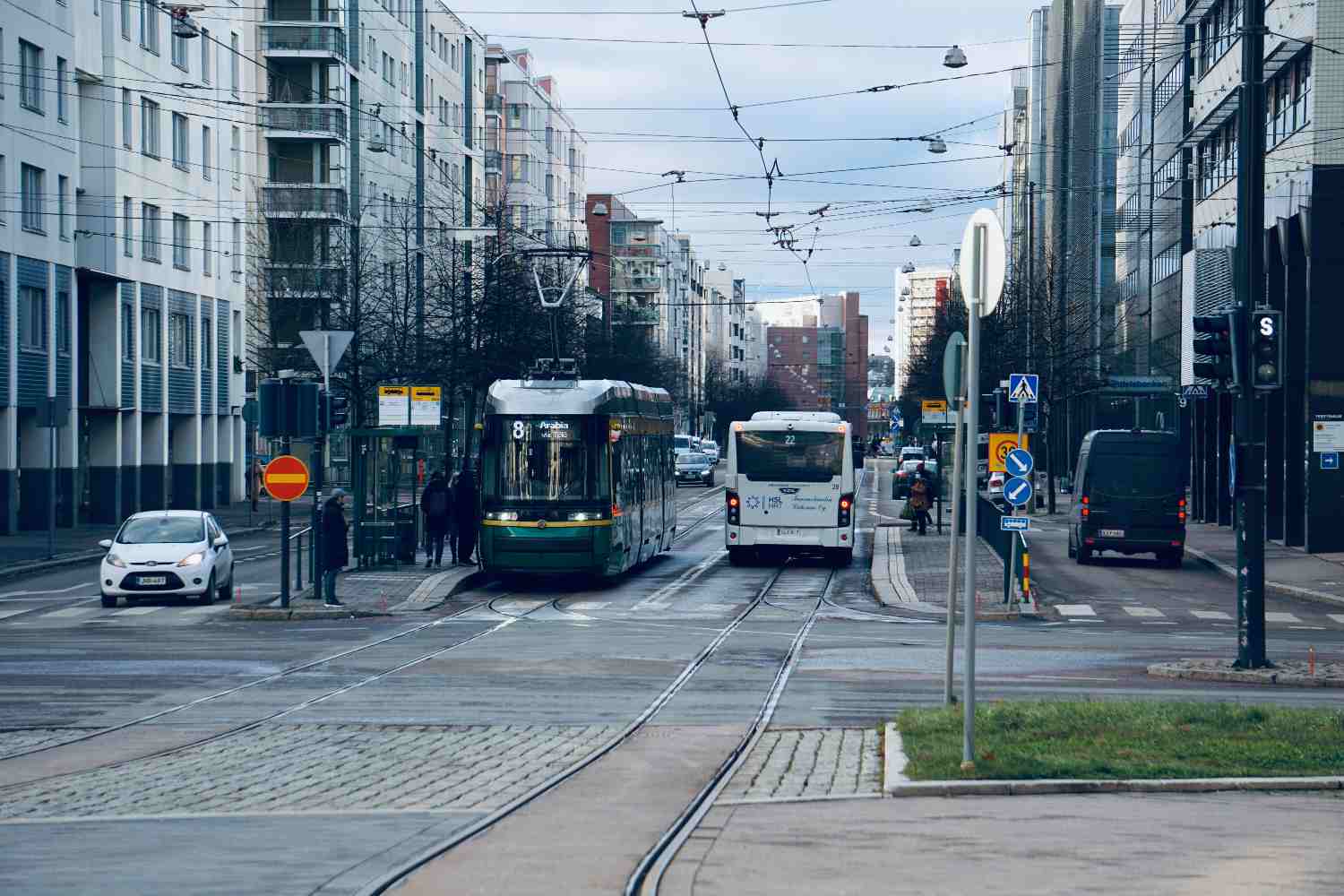Helsinki shows a full year with zero road deaths, thanks to 19 mph (30 km/h) limits, income-based fines, people-first street design, and strong transit.

@Art Merikotka/Pexels
Helsinki, Finland’s capital, has hit a remarkable milestone: an entire year without a single road-traffic death. That’s not luck. It’s the outcome of a long-term strategy that treats human life as the first principle of urban mobility—backed by steady investment, careful street design, and rules that actually change behavior.
At the center of the plan is something refreshingly straightforward: lower speeds. On most city streets, the top limit is 19 mph (30 km/h), introduced methodically from 2021 and tightened since. Breaking the limit isn’t just frowned upon; it’s expensive. Helsinki uses smart cameras and income-based fines—already a Finnish staple—so that the more you earn, the more you pay. It’s a system that’s proportionate, fair, and broadly deterrent, because a penalty that barely stings won’t change how people drive.
Design that slows you down—without saying a word
Speed limits work best when streets whisper the same message. Helsinki has poured money into reliable public transit and a dense web for walkers and cyclists. Narrower lanes, planted medians, hedges, and street trees make drivers naturally back off the accelerator. Meanwhile, efficient buses and trams make the private car feel optional, not essential. The ripple effects are obvious: less traffic, less stress, fewer crashes—and a city that feels calmer at street level.
A model others can copy
Helsinki isn’t an outlier. Cities like Oslo and Stockholm have embraced similar policies with comparable results. The common thread is the Swedish-born philosophy Vision Zero, which holds that it is never ethically acceptable for anyone to die within the transport system. That sounds lofty, but it demands something concrete: people, not cars, get priority. Culture has to shift before numbers do.
America’s road safety reality: progress, but far from zero
U.S. roads are still deadly by rich-country standards, though deaths have eased from the pandemic peak. Pedestrian fatalities remain a crisis. Progress is uneven—a few cities (e.g., Hoboken) show sustained zero-fatality years, while many suburbs bleed lives on wide, fast arterials. Policy is moving in the right direction but too slowly: more speed cameras, corridor redesigns, safer-car rules in the pipeline.
Bottom line: improving, but nowhere near “zero.”
Zero is not a fantasy
Helsinki’s experience—and that of other safety-first cities—shows that eliminating urban road deaths is a real, reachable goal. It takes political will, a mindset shift, and smart investment that aligns street design, enforcement, and transit. Do that, and safe mobility stops being a slogan and starts being the norm.
Source: Yle
